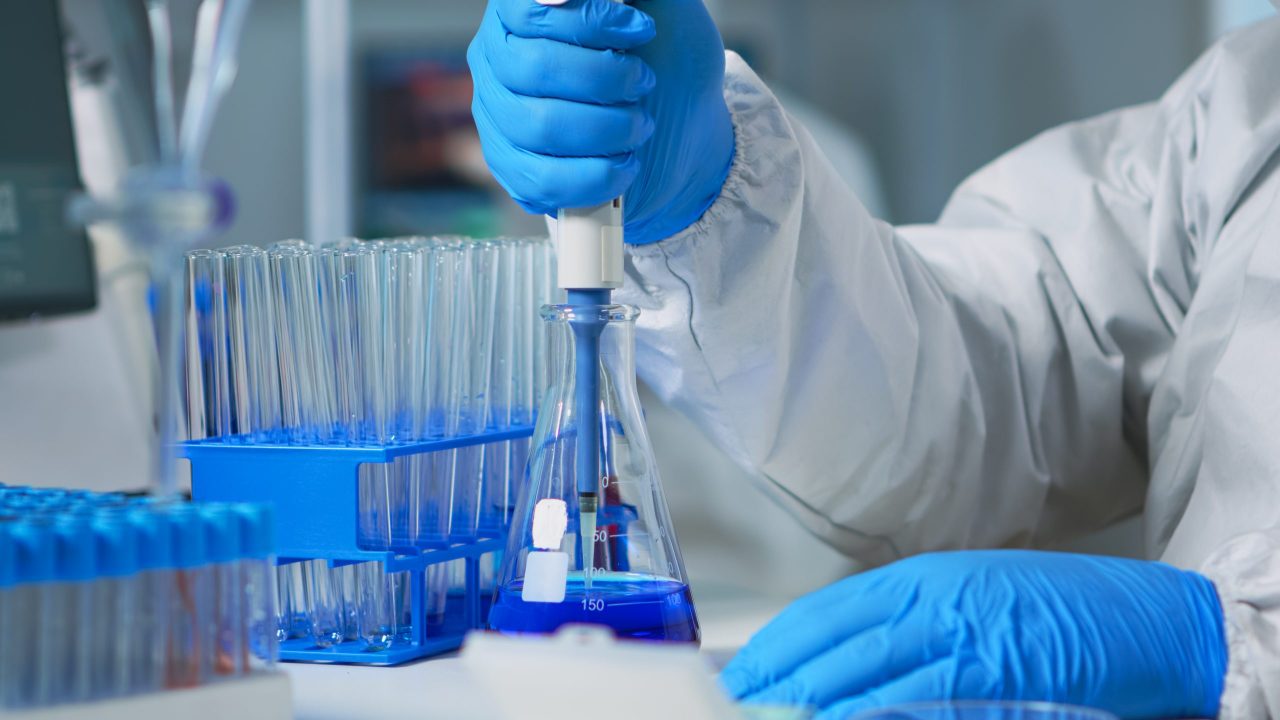A micropipette is a laboratory device used to absorb and transfer small volumes of liquids. The volumes that can be captured by these instruments vary according to the model and type of pipette: the most common, called p20, p200 and p1000, admit a maximum of 20, 200 and 1000 μl, respectively. It is noteworthy that the use of micropipettes allows the use of different liquids without having to wash the device: for this, disposable plastic tips are used, which are usually sterile.
The characteristics of the fluid and the precision required in the volumes of liquids transferred in microliters (µL) are key factors in choosing a micropipette. It is also important to consider the operator’s expertise and ergonomics.
Types of micropipettes
Micropipettes, as mentioned above, are basic elements for handling microvolumes in a much safer and more comfortable way than graduated or serological pipettes. Within the category of micropipettes you can find:
- Automatic pipettes: These are micropipettes for dispensing microvolumes from 0.5ul to 1ml, although they are also available in a macrovolume version up to 5 ml.
- Pipettors: Gun-type systems with autonomous rechargeable battery or with mains connection, for adapted pipetting with glass or serological pipettes. Also adaptable to Pasteur pipettes.
- Positive displacement pipettes: These are conventional micropipettes like the automatic ones, but for the loading and handling of viscous solutions, in which case the integrated vacuum column action generated by the conventional micropipette is not enough. In this case there is a solid plunger inside the piston that comes into contact with the solution to be pipetted to increase the contact surface with the sample and facilitate its suction.
- Repeater Pipettes: They are pipettes for loading large volumes and subsequent dosing of repeated volumes of reagents, culture media or any type of liquid solution.
- Electronic Pipettes: They are Pipettes that improve ergonomics in handling liquids and resemble a small dispensing robot at your fingertips. They allow the automation of repetitive processes. They facilitate repetitive dosing, mixing or dilution of reagents, and their maximum benefit is achieved in Multichannel models.
How to use a micropipette correctly?
To reduce the margin of error in the laboratory, it is useful to consult practical guides for the use of pipettes. It is also advisable to have basic notions of how to pipette correctly with a micropipette:
- Never turn the volume indicator dial beyond the upper or lower limit of the micropipette.
- The tips are one of the most important parts of the micropipette, you need to make sure they are the correct size and are always sterile.
- Pipetting is most accurate when the instrument is held at an angle of less than 20 ̊ vertical.
- When releasing the liquid, it is recommended to rest the tip of the micropipette lightly against the test tube, thus the surface tension helps to dispense the content.
- A common operator mistake is to push the plunger to the second stop before filling the tip of the micropipette.
- It is important to verify that the tip fits with minimal effort and that it comes out just as easily; It is always advisable to review the micropipette manual to avoid making mistakes.
At Kalstein we are MANUFACTURERS and we have new micropipettes at excellent prices. So we invite you to take a look at the HERE

